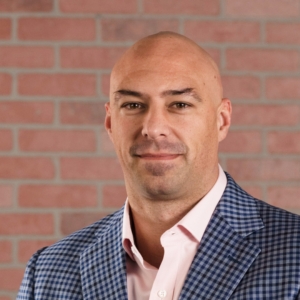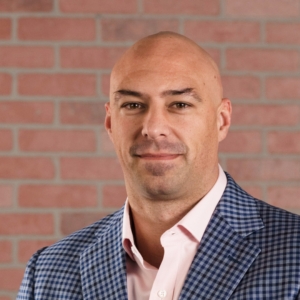Behind the Scenes of 2024
Guest writer Alex Kraft recaps the year that was in his guest blog: “Behind the Scenes of 2024.”
I hate it when things slow down, but that’s the reality when Christmas and New Year’s both fall on Wednesdays. On the other side, I guess it’s a good time to reflect on 2024 and our company’s progress.
In 2023, Heave was an idea. Everything started with a “What if…?” I still remember our first service call and our first technician. I managed our jobs on a spreadsheet. The first twelve months focused on proving that the idea created value and solved customer pain points. This past year, 2024, was about building a real company. As more customers came on board, we discovered more problems. Not shut-the-doors type problems, but rather more ‘we need the ability to do XYZ’ type problems. Truthfully, 2024 was probably the most fun I’ve ever had professionally. We grew the team from five to twenty-one employees. Our service revenue grew every month, we onboarded hundreds of customers who all had similar first-time reactions to Heave: “How has this not existed before?” “This is so needed!”, “Are you kidding? I can get a tech today!” “What’s the catch?”… Feeling this enthusiasm from our customer base was a first for me. We were making a difference.
Because things at a start-up move so quickly, one needs to focus on the present with one eye toward the future. As silly as this sounds, I’d gotten so used to how Heave operates today that I forgot some of the early days and the scrappy environment in 2023. Preparing for our year-end meeting and holiday party forced me to go back through the year and share our twelve months’ progress. Some of our key product advancements this year include:
Launched a desktop version of Heave! From our inception in January 2023 up until Q2 2024, the only way customers could order service/book technicians by using the mobile app. While smartphones dominate the world, most customer fleet managers are confined to the office. A desktop application was long overdue for our core users.
- Added Technician profiles– The #1 question we’d get from customers was, “How do I know these technicians are any good?” This was a weak point for a while. We knew our app had great technicians, but that doesn’t matter if the customers can’t see for themselves. So, we built out profile pages where techs can add their resumes and provide details about their skills and experience.
- The ability for customers to add brands/models- This was a huge void, where if a customer couldn’t find their brand or model, they assumed we couldn’t help them. We added the ability for customers to add brands/models, and Voila! We’ve fixed over 100+ different brands now by the end of 2024.
- AI- I won’t elaborate too much on this one because it’s part of our ‘Secret Sauce,’ but once our engineering team implemented AI into our product, it changed our capabilities overnight. Equipment dealers are staffed with tons of people to perform certain duties—this is a big area where a technology company can create leverage by using AI. It enables us to focus on customer service and not devote people and time to menial tasks.
It’s been incredibly exciting to see our technology change so much in the past year. The same can be said for our company overall. I mentioned above how we’ve grown from 5 employees to twenty-one. Our footprint grew from Florida and Texas to now helping customers in the following states: Indiana, Ohio, North Carolina, Tennessee, and Georgia. We’ve repaired 100+ different brands and added 150+ new technicians in 2024. New types of customers gave Heave a try, as we started to partner with rental companies and dealerships to help repair their large fleets. Sometimes I have to pinch myself, as much as I thought this was all possible, seeing it build and take shape is surreal.
What does 2025 look like for Heave? We have financial goals like everyone else as well as a product roadmap to build. I love that we’re the ones blazing the trail on service—and I love that people are paying attention! Customers may not have necessarily been searching for a tech company to solve their service woes, but at our core Heave is a customer service company. We just use technology to help create the best overall experience to minimize downtime and cost for our customers. Year three will be focused on maturing as a company, and opening new geographies, all while not losing the hunger of the early days. While it will never get old to me, seeing a customer’s first reaction when they learn what Heave does, Year 3 will be a success when we become a recognized brand. When Heave is synonymous with on-demand field service and same-day response, that’s when the tipping point occurs…


